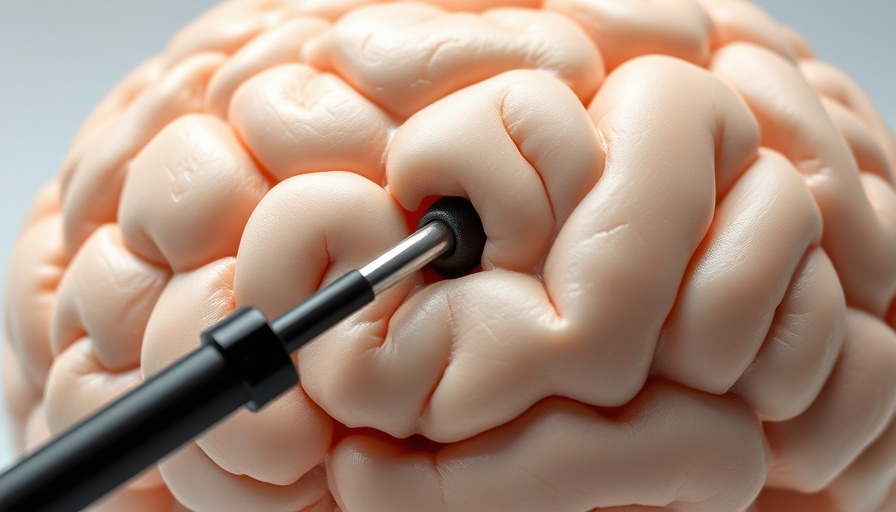
Revolutionizing Brain Tumor Treatment with Magnetic Technology
Brain tumors rank among the most formidable challenges within medical science, presenting unique risks due to their complex composition and precarious locations. Current treatments like surgery, chemotherapy, and radiotherapy have delivered improvements, yet the treatment of tumors adjacent to crucial brain structures remains perilous. An innovative research endeavor from the Shenzhen Institutes of Advanced Technology (SIAT) under the Chinese Academy of Sciences aims to address this challenge, providing a promising frontier for brain tumor therapy.
Introducing Biohybrid Blood Hydrogel Fibers (BBHFs)
The recent study published in Nature Biomedical Engineering showcases the development of biohybrid blood hydrogel fibers (BBHFs). Led by Prof. Xu Tiantian, the team harnessed the structure and movement mimicry of the aquatic nematode, Caenorhabditis elegans. These BBHFs embody a groundbreaking solution, capable of delivering chemotherapy precisely to tumor sites while deftly evading the body's immune responses.
Utilizing patients' own blood combined with magnetic particles—a process known as in situ gelation—these fibers showcase remarkable flexibility. The BBHFs possess an elasticity comparable to human cartilage, about 100 kPa, allowing them to maneuver through tight spaces with ease and adaptability. This adaptability is crucial as it prevents damaging the surrounding brain tissue during navigation.
Advanced Tracking Techniques Enhance Precision
The integration of an external magnetic field allows for programmed control of the BBHFs, facilitating diverse locomotion patterns such as swaying, crawling, and rolling. Experiments indicate these fibers can traverse the delicate porcine cerebral cortex, arriving precisely at targeted tumor locations untouched, showcasing their reliability and efficacy in a potentially high-stakes environment.
Moreover, the coupling of this technology with X-ray fluoroscopic imaging allows real-time tracking of the BBHFs. Surgeons can monitor the fibers’ progress as they navigate through the complexity of the brain in real time, enhancing surgical precision and improving patient outcomes.
The Potential Impact on Cancer Care
This astonishing research signifies a paradigm shift in the management of brain tumors. The BBHFs' capacity to deliver chemotherapy directly to tumors minimizes collateral damage to healthy tissue, potentially reducing complications associated with traditional treatment methods. Moreover, the efficacy of bypassing the body’s immune system presents an innovative avenue to enhance the effectiveness of localized treatments.
As the medical community reflects on the implications of such advancements, the BBHF technology could reshape cancer care, providing a beacon of hope for patients facing dire prognoses due to their tumor locations.
Looking Ahead: Future Opportunities in Medical Technology
A critical juncture in medical technology, this innovative application exemplifies the potential of biomimetic designs in engineering therapeutic solutions. By better understanding how to leverage these natural inspirations within advanced medical contexts, researchers can unlock further breakthroughs. The development of BBHFs serves as not just a solution for current challenges but also as a stepping stone towards more targeted and effective treatment strategies across various medical disciplines.
 Add Row
Add Row  Add
Add 




 Add Row
Add Row  Add
Add 
Write A Comment